
Town Hall Square

This point of interest is available as audio on the tour: Visit Paris, From the Mona Lisa to the Notre-Dame Cathedral
You’re now standing in front of the Paris City Hall. This stunning building, with its Neo-Renaissance façade, is one of Paris’s oldest landmarks. The city council first settled here in the 14th century, so, as you can imagine, the building housing it has seen its share of changes. Nothing remains of the original medieval building, the so-called “maison aux piliers,” aka House of Pillars, that was transformed into a sumptuous palace under Francis I. Then came the Paris Commune that overthrew the reigning government. Several monuments were lost forever, including the Orsay and Tuileries palaces and the city’s Courthouse, a fine example of Gothic architecture. At the end of the 19th century, the city council decided to rebuild the town hall on its original site, replicating the façade of the former palace. The only new feature was the addition of 200 statues of famous Parisians, from the worlds of art, science and politics. The new building is massive. Its main façade measures 143 meters long and 18.80 meters high. It covers a surface area of 55,000m²! Have you ever wondered where the name “hôtel de ville” comes from? It’s French for “city hall,” but it literally means city hotel. Well, it all goes back to the Middle Ages, when Lords lost their hold on cities, and each municipality was run by a group of middle-class citizens, housed in a building with a specific name. Take for example the Capitole in Toulouse, or the Parloir aux Bourgeois, aka Bourgeois Parlour, in Paris. In the 16th century, these buildings were standardized and it was decided to rename them all “hôtel de ville,” as it was here, in the bourgeois homes, that visiting nobles would come to spend the night. Today, the City Hall stands in the heart of the trendy Marais district, on a square that was once the only one in Paris. Look around you and try to imagine this whole place covered in sand. It was what we call a ‘grève’ in French, a sandy shore extending all the way to the riverbank. Because of this, a port was set up here, perfect for trading goods that mainly arrived via the river. It quickly became the ideal place to find work for the day. Back then, ‘faire la grève’ didn’t mean going on strike like it does today; it meant waiting to be given work at the port on the riverbank! So the square was built much later. Over the years, it has witnessed both joyous and tragic events, from the births and weddings of kings to public executions. In fact, it was here that the first execution by guillotine took place in 1792! They say the crowd was rather disappointed that the whole thing was over so fast. Indeed, they were used to more spectacular executions! After all, they’d seen Ravaillac, Henry IV’s assassin, drawn and quartered, and Catherine Deshayes, the notorious poisoner, burned at the stake for witchcraft! So, naturally, a head rolling off the block was no big deal anymore! The Guillotine was originally nicknamed the Louisette, in honor of Antoine Louis, who designed it. Then came the Silent Mill, then the National Razor and finally the Guillotine, in honor of Doctor Guillotin. Contrary to popular belief, he wasn’t the one to invent it, but he did work on reforming the Penal Code to reexamine the practice of the death penalty. By the way, do you know when the Guillotine was last used? Much later than you think! It was in 1977, at the Marseille prison! So, no more scaffolds today! Thank goodness. The Town Hall Square now hosts all kinds of big events. If you’re curious to see what lies behind these impressive walls, know that you can visit the interior free of charge. All you have to do is register with the public relations office. You can also explore the impressive library on the fifth floor for free as well.

Discover other tours to visit Paris

Discover Paris with app
An interactive guide through the most beautiful streets, squares, and districts
22 fun audioguides full of historical facts, anecdotes, and legends
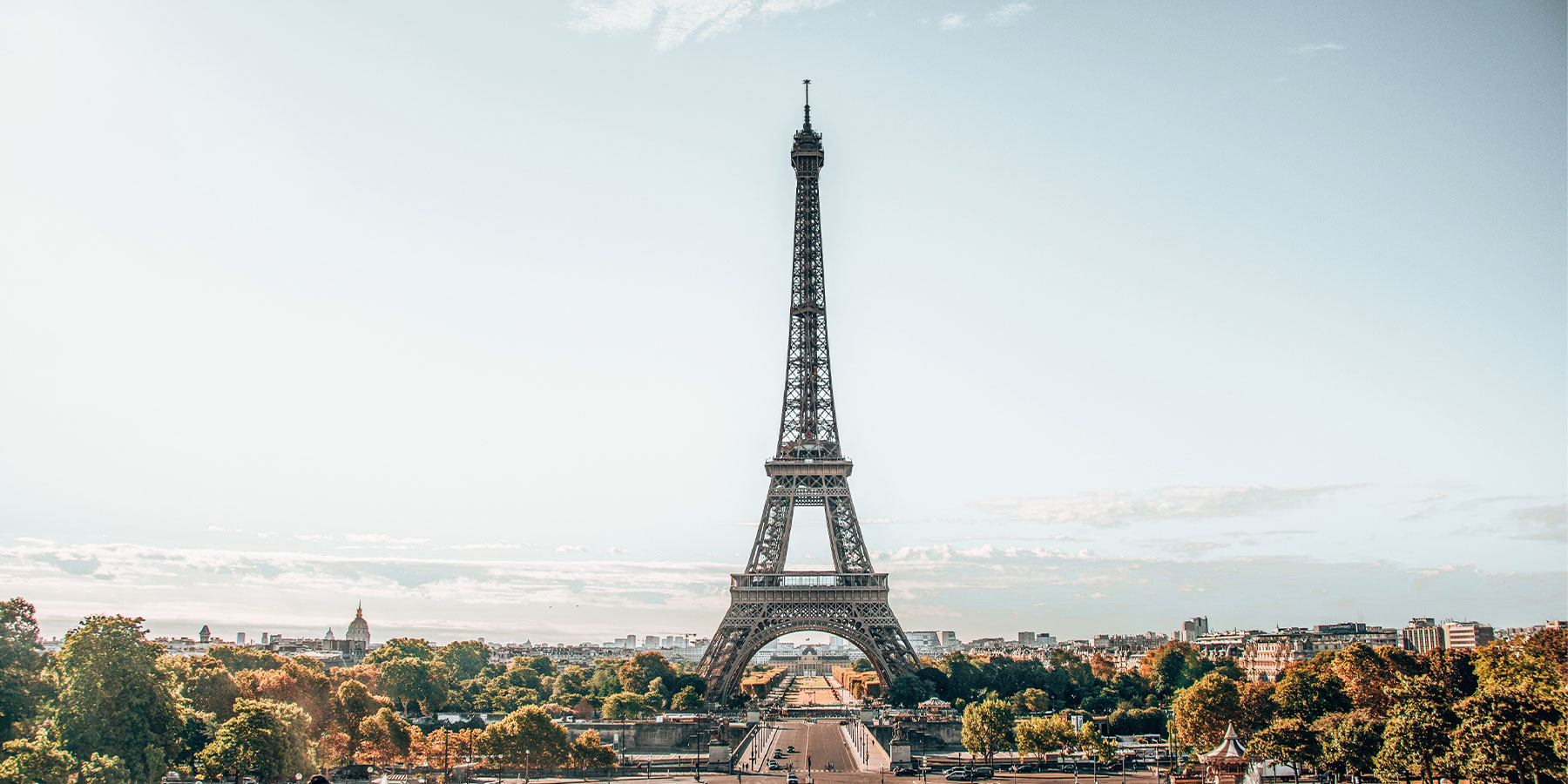
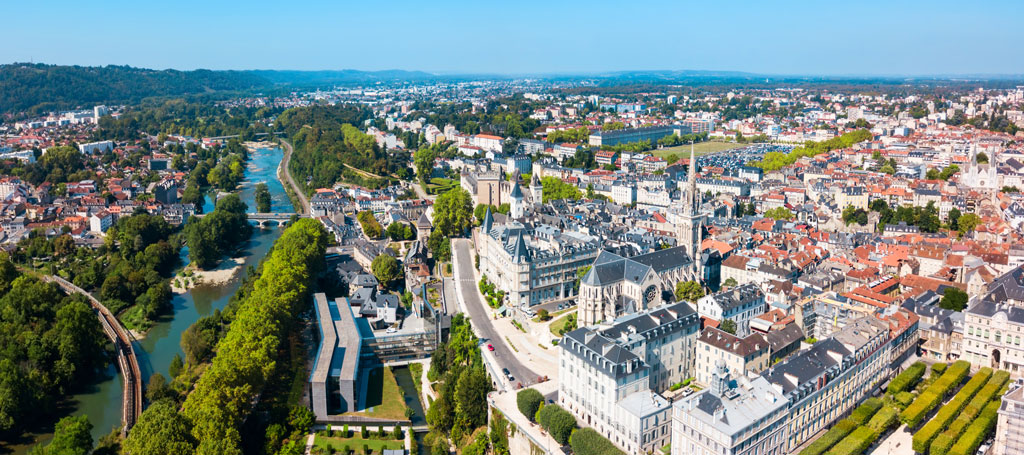
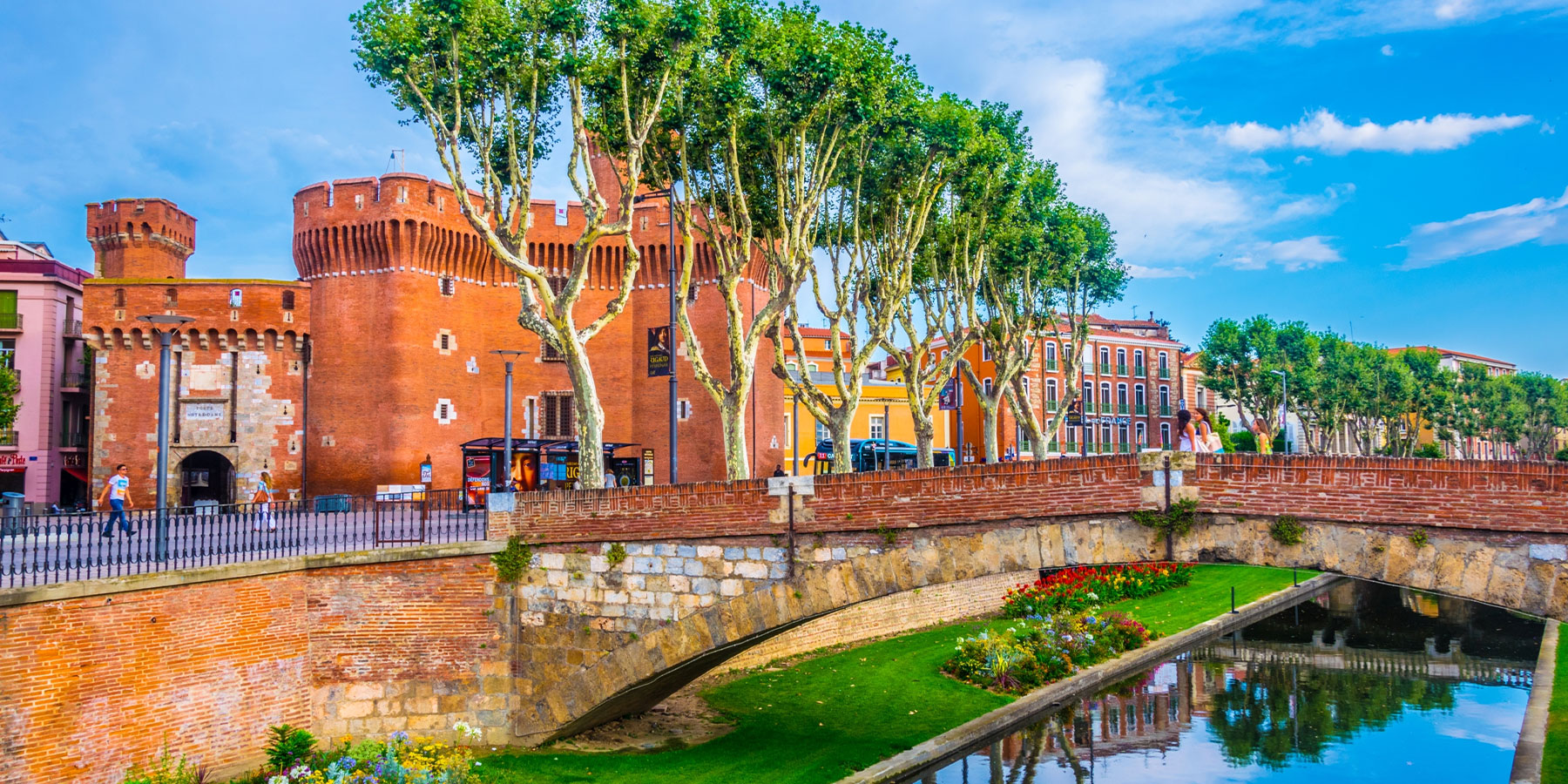
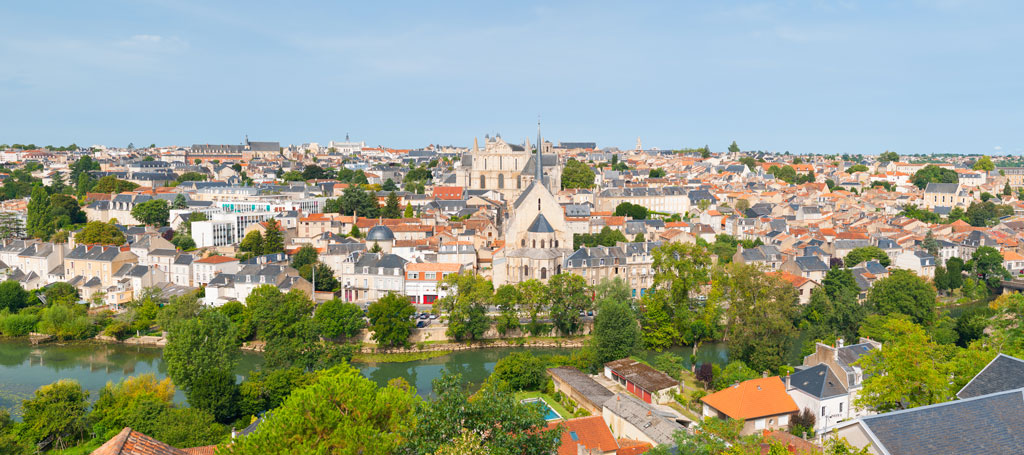
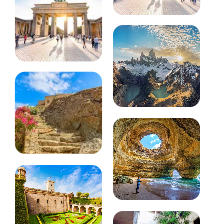

Comments